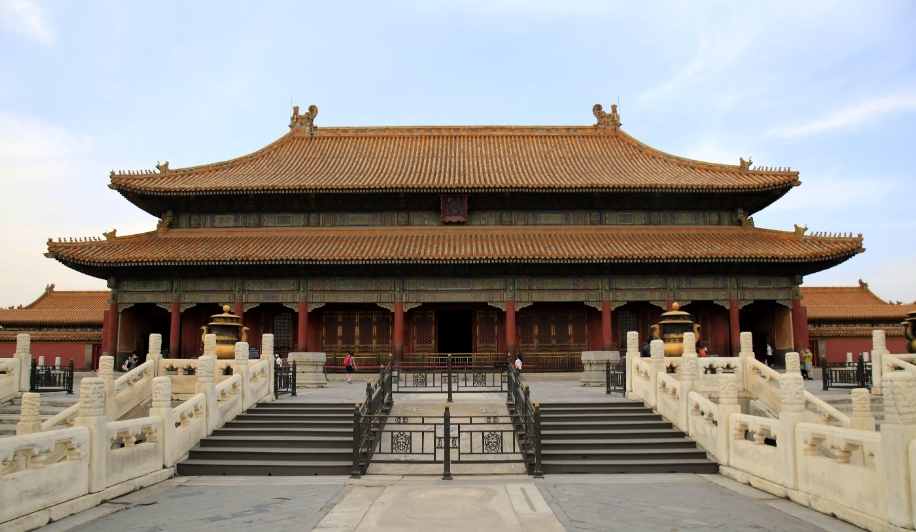
The Forbidden City's 9,999 Rooms: Myth and Reality
The Forbidden City, a sprawling complex of palaces and courtyards in the heart of Beijing, stands as a testament to the grandeur and power of China's imperial past. Its seemingly endless expanse, with ornate roofs and crimson walls, has captivated visitors for centuries. Among the many legends surrounding this architectural marvel is the belief that it contains 9,999 rooms. However, while this number holds symbolic weight, it diverges from historical reality.
The True Count
Survey records reveal a different picture: the Forbidden City comprises 980 surviving buildings with a total of 8,886 "jian". In traditional Chinese architecture, a "jian" refers to a bay or spatial unit, typically defined by four structural pillars. While often translated as "room", a "jian" can encompass open spaces, pavilions, or even connecting corridors, making it distinct from the Western concept of a room.
The Persistence of the Myth
The enduring belief in 9,999 rooms likely stems from a combination of oral tradition and symbolic interpretation. In Chinese numerology, the number nine is associated with the emperor and considered auspicious.
-
The Emperor's Connection: As the Son of Heaven, the emperor's earthly residence mirroring the celestial palace with 10,000 rooms was deemed appropriate. Having one less room (9,999) was a symbolic gesture of humility, acknowledging the supremacy of the heavens.
-
Architectural Immensity: The sheer scale and complexity of the Forbidden City undoubtedly contributed to the myth. Its labyrinthine layout, with numerous courtyards, passageways, and buildings, made it easy to imagine an even greater number of rooms.
Beyond Numbers: The Architecture of Power
While the actual room count differs from the mythical 9,999, the Forbidden City's layout reflects a deliberate design philosophy intricately linked to imperial power and Confucian principles.
-
Axis of Symmetry: The entire complex adheres to a strict north-south axis, with the most important buildings situated along this central line. This arrangement symbolized order and hierarchy, emphasizing the emperor's position as the center of the universe.
-
Gradual Ascent: Progressing from the outer courts to the inner palaces involved ascending a series of terraces and passing through imposing gates. This physical ascent mirrored the ascent in status and sanctity as one approached the emperor's private quarters.
-
Spatial Segregation: Different areas of the Forbidden City were designated for specific functions and individuals. This careful segregation of space reinforced social hierarchies and ensured the smooth functioning of the imperial court.
The Forbidden City's Enduring Legacy
While the myth of 9,999 rooms persists, the true significance of the Forbidden City lies beyond a simple number. Its architectural grandeur, symbolic layout, and meticulous details offer a fascinating glimpse into China's imperial past. Today, the Forbidden City stands as a UNESCO World Heritage Site, a symbol of China's rich history and cultural heritage.
Q&A
- Q: Why is the number 9 considered significant in Chinese culture?
A: The number 9 is associated with the emperor and considered highly auspicious in Chinese numerology. It represents the highest single-digit number and symbolizes power, longevity, and heaven.
- Q: What is a "jian" in traditional Chinese architecture?
A: A "jian" is a spatial unit defined by four structural pillars, often translated as "room" or "bay." However, it can encompass open spaces, pavilions, or corridors, differing from the Western concept of a room.
- Q: How does the Forbidden City's layout reflect Confucian principles?
A: The strict north-south axis, spatial hierarchy, and segregation of areas within the Forbidden City reflect Confucian principles of order, hierarchy, and social harmony. These architectural elements reinforced the emperor's position and the importance of social order within the imperial court.
note: This return of all, without the author's permission, may not be reproduced